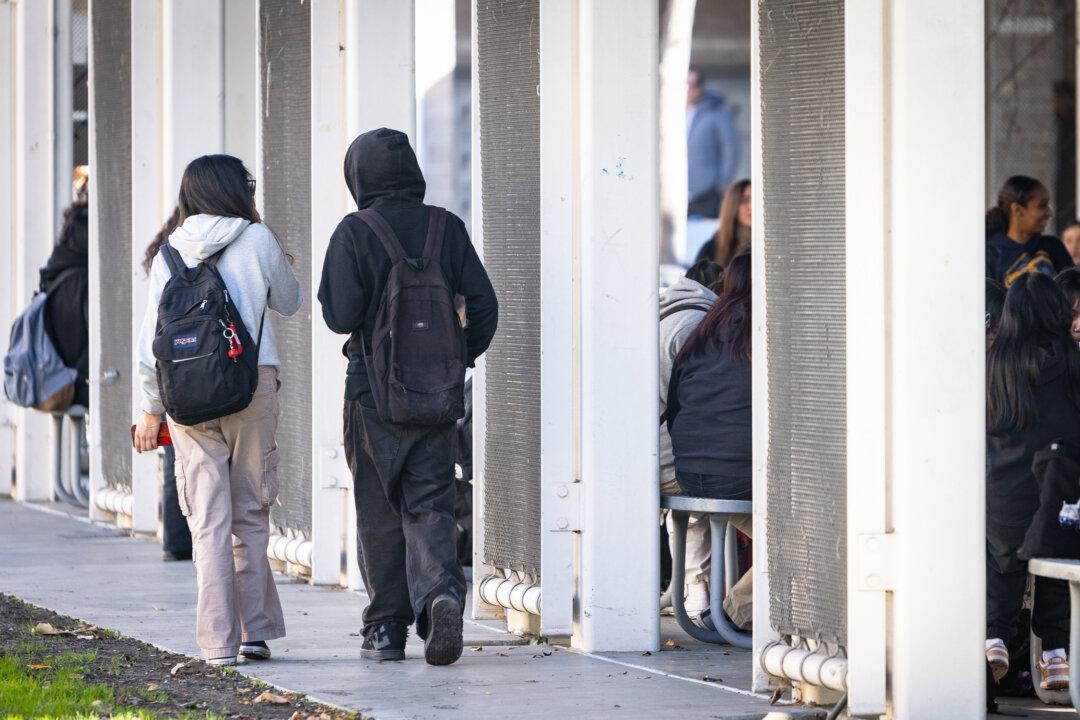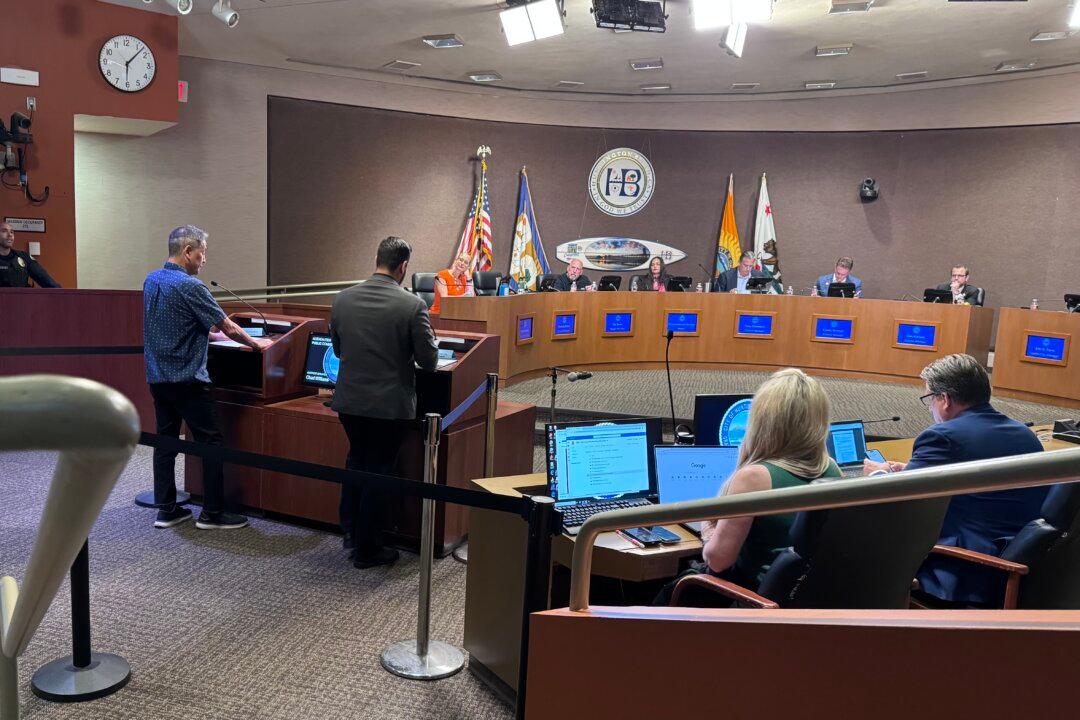Researchers—who surveyed enrollment in public elementary and middle schools from the 2015-16 school year to the 2021-22 school year—found that enrollment loss worsened during the pandemic among the states’ largest districts.
The reasons varied due to location and demographic, according to the report.
The report found declining enrollment in areas like Silicon Valley likely reflects the region’s high cost of living and record-low birth rates.
In other parts of the state, the report found, families left districts during COVID-19 pandemic school closures, opting instead for private and charter schools.
Additionally, data from the National Center on Education Statistics showed that in 2021-22, the Los Angeles Unified School District—the state’s largest with over 430,000 students—experienced a 20 percent enrollment decline at 125 of its 609 campuses.

Some districts across the state with similar enrollment losses have been able to stave off school closures by relying on pandemic federal relief funds, according to the data. More than $190 billion of such funding was given to schools nationwide.
L.A. Unified Superintendent Alberto Carvalho has warned the district since he took office in February 2022 to expect a sharp financial transition when such funding runs dry.
However, last month, he said that the district is in relatively good financial standing and that enrollment declines are slowing, but that the district is “not out of the woods” just yet, noting that it will have to stay vigilant over the next few years.
Meanwhile, the San Diego Unified School District—with 94,996 students and 164 schools in 2021-22—had 15 schools reach a 20 percent enrollment decline, according to the National Center on Education Statistics data.
A spokesperson for the San Diego Unified School District was not immediately available for comment.







